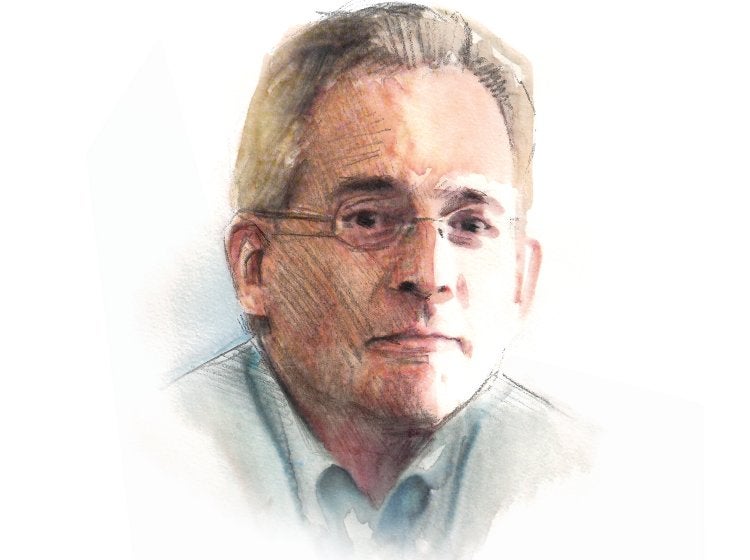
Considerable research has been directed toward identifying the polyphenols that conduce to the most stable, long-lived red wine and strategies for harvest, vinification, and élevage to achieve them. But even if both scientific and aesthetic consensus existed on this subject-which, judging by how much heat its discussion generates among winemakers and enophiles, is hardly the case-it would not apply to white wine. And it’s far from obvious given evidence of German Riesling, Loire Chenin, or Jura Savagnin-not to mention such nobly sweet wines (to which we’ll return shortly) as Sauternes and Tokaji-that reds are inherently more stable and longer-lived than whites in any statistically or theoretically meaningful sense.
Adduce acidity as conducive to longevity-a view prevalent among, but hardly confined to, those professionally involved with or enamored of non-malo whites-and you’d better prepare to concede that this doesn’t mean they track together, else one could not explain legions of seemingly ageless low-acid 1959s or 1929s from classic European growing regions. (Such wines also contradict anyone proposing to link longevity with dry extract.) Similarly, while the stabilizing and preservative role of alcohol is undisputed, that doesn’t mean more is more efficacious, and some of the most remarkably youthful centenarian wines include German Rieslings of less than 11% ABV, such as a rivetingly complex and downright refreshing dry 1909 Eltviller Taubenberg uncorked 101 years later in the cellars of Kloster Eberbach.
Whatever other factors one chooses to cite as conducing to wine preservation, the antioxidative role of elemental sulfur in viticulture, vinification, and élevage-and, especially, levels of free SO2 in bottle-are indubitably hugely important. Yet an increasing, if still small, number of growers (particularly in France) bottle with negligible or undetectable free SO2 wines that can evolve in bottle deliciously, if inexplicably, for years.
Understandable but unproven
Proponents of sulfur-free or low-sulfur bottling typically subscribe to their own unfounded belief that retained CO2 serves to compensate. Nor are they alone in believing that this gas inhibits or counteracts oxidation in bottle. Growers of Mosel Riesling, for instance-whose use of sulfur is typically anything but homeopathic-cite spritz (often still palpable after a decade or more) as among those reasons why their delicate wines can age so well. Setting aside the fact that if this were the case, Champagne should be among wine’s hardiest species, any chemist will explain that CO2 is no antioxidant. Nor (based on something called Henry’s law, governing gases) can CO2 in equilibrium influence levels of retained oxygen in a shared medium.
Belief that CO2 enhances longevity would thus appear mythical. But the myth’s persistence has plausible explanations. A blanket of CO2, such as forms in barrel or tank following malolactic fermentation, acts as a barrier to air, thus retarding spoilage. And sparging-active bubbling of CO2 into wine, often performed at high-tech facilities during ‘bottling-literally’ pulls out dissolved O2 and sweeps away its gaseous molecules. But neither mechanism is relevant once a wine is in bottle. Association of tongue-tingling CO2 with youthfulness probably plays a further myth-entrenching role.
An opinion one hears expressed by many growers in regions whose classic wines sometimes incorporate noticeable residual sugar is that the latter conduces to longevity. Even among the many German growers who nowadays bottle virtually nothing but Riesling trocken, one encounters this belief that raising residual sugar into even the halbtrocken range would make a significant difference to how long the resultant wines retained freshness and stamina. Influential importer and writer Terry Theise defends this connection; while Champagne experts Peter Liem and Tom Stevenson (WFW 21, p.44) testify that non-dosé bottlings decline far more rapidly than those with even a half-dozen grams of sugar. But what mechanism could underlie this alleged preservative influence? As with CO2, the case is difficult to justify; it is far easier to explain why the belief is widespread. Many notoriously long-lived wines do incorporate high residual sugar. Sauternes and Tokaji are classic examples, and though seemingly ageless dry Rieslings abound, the life expectancy of a Trockenbeerenauslese is yet more prodigious. The preservative influence of sugar in any food medium stems from osmotic pressure heightened to the point of disabling microbial spoilers. But even a few dozen grams of residual sugar are insufficient to generate this effect.
There is, in short, scientifically well-founded consensus about certain gross chemical components of wine conducive-some even requisite-to long-term stability. But about the extent to which these transcend the mere presence of ethanol, acids, and polyphenols implied by the very word “wine”-much less about minimum or optimum levels for ‘aging-there’ is no agreement. Meanwhile, some beliefs prevalent among wine growers and the wine commentariat want for any scientific support. It’s time both to jettison prejudice and to intensify efforts to explain the organoleptic phenomena as reported by unbiased observers.






